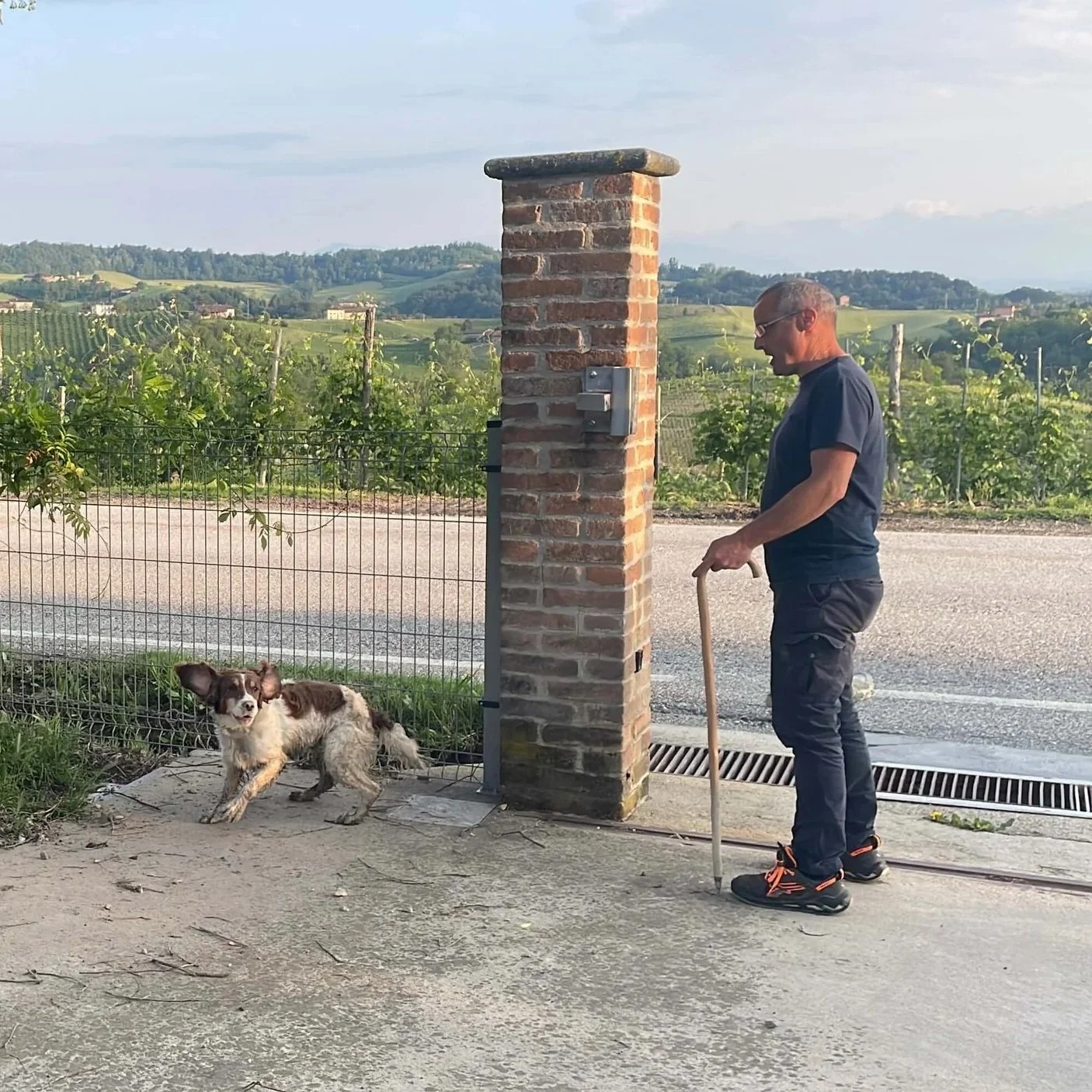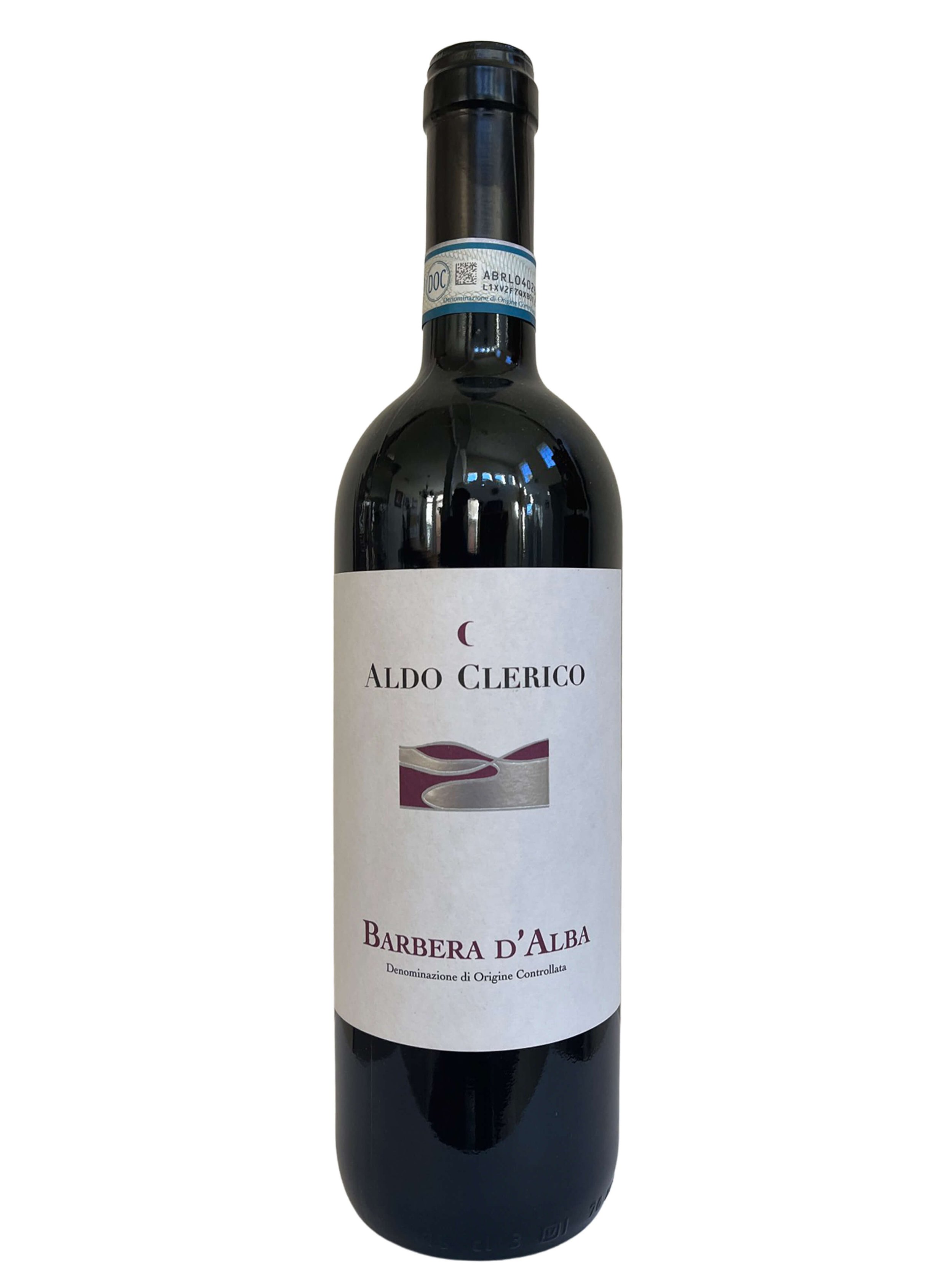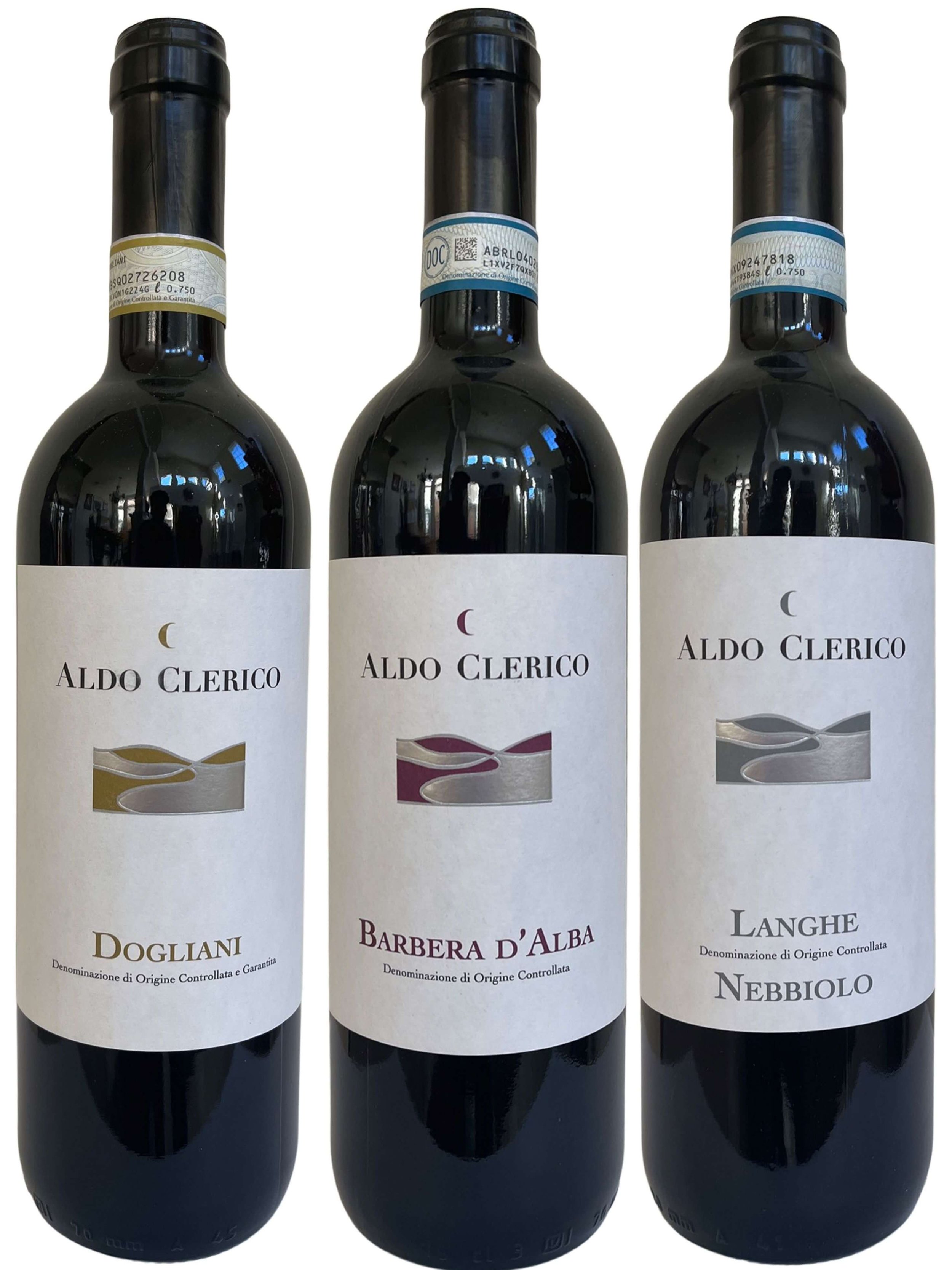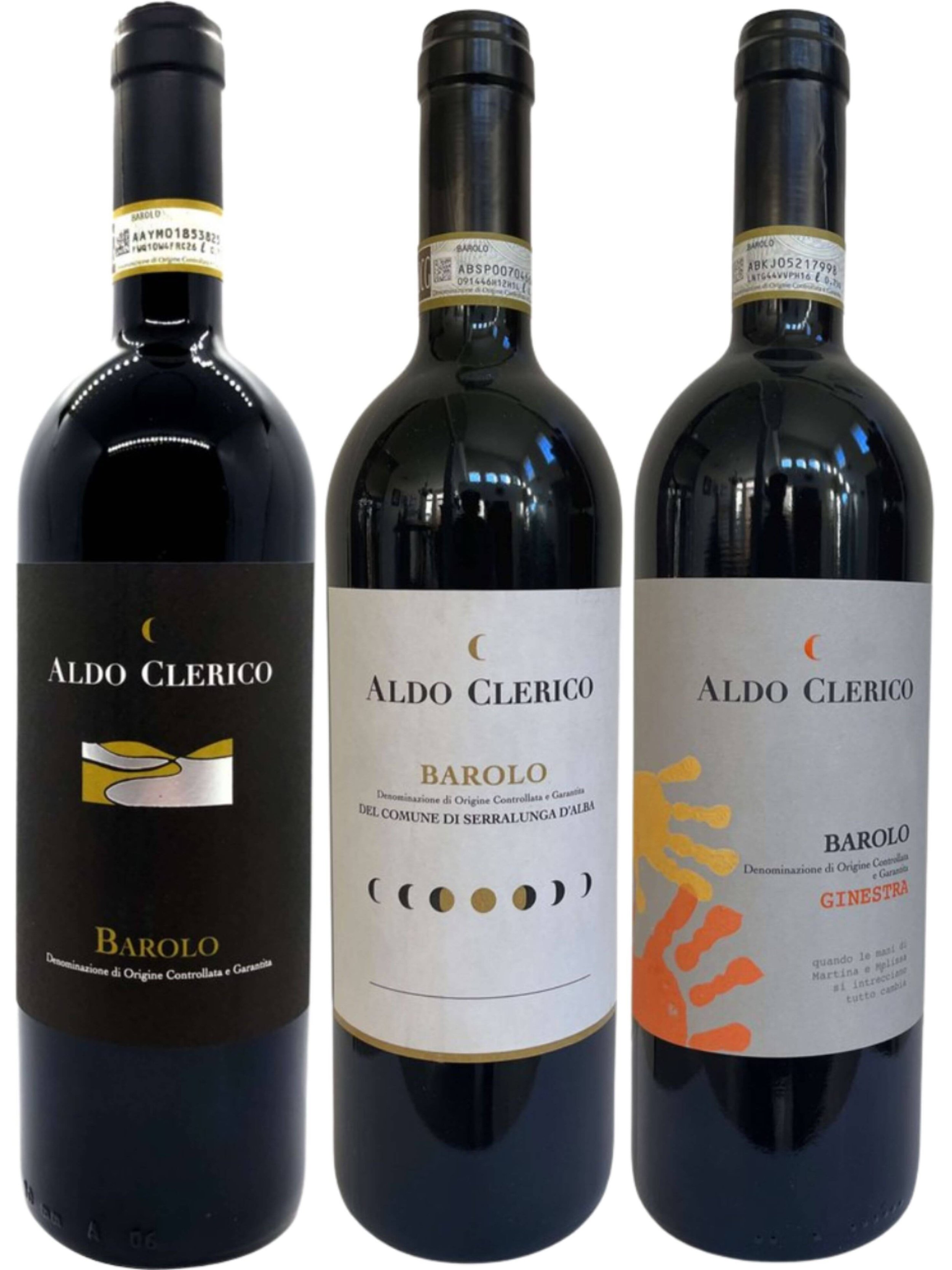The Mystery Around Truffles
Hmm… what is this? These are truffles: little dark, rumpled, rare and treasured balls that are packed with flavor. They are instantly recognizable by their odd, irregular shape. Used as a flavorful garnish, they add intriguing umami aromas and flavors to any dish. Ask any foodie and they’ll say that the truffle is a delicacy among delicacies. But what exactly is a truffle? How is it eaten? Does it pair with wine?
The White Truffle of Alba: Culture, History, and Langhe Traditions
Truffles are forms of fungal tubers that grow underground in the roots of certain trees. Every truffle species has their own specific set of trees and terrain they favor. Truffles come in two main varieties: black and white. There will be several different strains of white or black truffles within those categories. But there is one in particular we want to talk about today. Because while most truffles can be relatively easy to find, and black varieties can even be farmed, there is one golden gem of the truffle lineup that cannot be cultivated: Tuber Magnatum PIco, Il Tartufo Bianco d’Alba, The White Truffle of Alba, or the Alba White Truffle.
This particular type of truffle commands famously high prices, with annual auctions that lead into the hundreds of thousands of dollars, and are widely considered the most prestigious of all the truffles: in fact, these truffles are so rare, they are not found but hunted, but we will get back to that in a moment. White truffles are smaller than their black counterparts and whencompared to black have a noticeably more intense aroma and taste, which also makes them more sought after. While the Alba white truffle can reach close to two pounds in rare exceptions, most white truffles vary between half an ounce to 3 ounces (10 grams to 100 grams).
A magnificent 3 ounce white truffle freshly found in Alba.
Now, admittedly, the remarkably high price of the White Truffle of Alba is certainly influenced by astute marketing and a strong perceived luxury value, however there is an undeniable element of genuine scarcity and regional quality that plays into its high market value. The truth is, the finest examples of Tuber Magnatum Pico are only harvested from the Langhe area. While this species can be found in other regions of Italy and Eastern Europe (such as Croatia and Albania), professionals can discern a distinct difference in quality. Truffles from these other sources, while possessing a pleasant aroma and flavor, typically exhibit a subtle but recognizable lack of the intense pungency and complexity that defines a true Alba truffle. Well-versed trifolau, top chefs, and dedicated truffle lovers recognize that the Langhe’s unique soil and microclimate yield a product of superior aromatic concentration, solidifying the Alba designation as the benchmark for excellence in the global truffle trade.
The Art of the Hunt
Now about the hunt. This is another crucial aspect to the rarity of these truffles that makes this particular white truffle all the more precious is that they are impossible to farm. The world of white truffle hunting, particularly in the Langhe, is governed by a strict set of regulations designed to protect both the fragile ecosystem and the scarcity of this precious fungus. Far from being an amateur free-for-all, the pursuit of the Tartufo Bianco d'Alba is highly controlled. A crucial regulation is the defined truffle season. As of this writing, the harvest officially begins on October 1st in the Langhe. Selling any white truffles before this date is illegal and subject to substantial fines, reinforcing the value of seasonality. Furthermore, the profession itself is regulated. To legally hunt and sell truffles, one must hold a valid license, which requires passing specific exams. While various associations exist to support professional hunters the barrier to entry ensures a minimum standard of knowledge and responsibility for all who participate.
Barolo winemaker Aldo Clerico with his truffle dog.
The trifolau (or truffle hunters) themselves are the ultimate guardians of this tradition. They are famously secretive, often working under the cloak of night to guard their productive "spots" and prevent competition. This fierce secrecy is driven not only by commercial interest but also by a deep-rooted dedication to environmental preservation, as they recognize the crucial importance of a healthy local environment for the truffle's continued growth.
The method of hunting has also evolved. Once upon a time trifolau used pigs with their amazing snouts to sniff out underground truffles, but the pigs tended to eat more truffles than they uncovered, they do say that pigs are smart! This led for an industry switch towards dogs, specifically the Langotto breed. A well trained papered truffle dog in Italy can run several thousand dollars. But really any breed can be trained properly to become a great truffle hunter.
The process remains simple and elegant: the hunter and dog roam the forest; the dog sniffs out the potent aroma and begins to dig; and the hunter quickly intervenes to gently extract the truffle before it is damaged by the dog's claws. The successful hunt always concludes with the dog receiving a small, immediate reward for a job well done.
The Truffle’s Place in Alba Culture
In Alba, the arrival of the white truffle season marks a profound shift in the regional atmosphere, blending the bounty of the land with centuries of cultural celebration. Beyond the commercial excitement, the crisp fall air and the conclusion of the grape harvest create a distinctly wonderful ambiance—a time of year when the promise of finding these coveted tubers is palpable.
This energy converges at the Fiera Internazionale del Tartufo Bianco d'Alba (International White Truffle Fair), an annual festival that dominates the weekends throughout October and November. This is far more than just a marketplace; it is a full-scale cultural event. While the core attraction is the sprawling Truffle Marketplace, where certified truffles are assessed and sold, the fair is steeped in local tradition. Visitors can also experience historical events like donkey racing, displays by medieval flag throwers, and a host of other festivities that highlight the unique heritage of the Langhe region. The fair truly establishes Alba as the global center for this irreplaceable culinary treasure.
A typical truffle presentation, ready to serve at a Langhe restaurant.
What to Eat with Truffles
Now the truffle has been found by the trifolau, and found its way to your table. What do you do with it? Truffles are best enjoyed raw, shaved over simple dishes to really allow its unique flavors to shine through. Favorite dishes in the Piedmont region of Italy, most famous for truffles, would be over local hand sliced tajarin or fine egg noodles smothered in melted butter. Other delicious options are simple fried eggs sunny-side up, or melted cheese fonduta. With your hot plate of food, gently shave thin slices of your precious truffle over the top. The paper thin slices allow the truffle to release its aromas and spread the flavor over the dish. As well, the thin slices have an economical impact as well: more surface area is covered by a smaller amount of truffle. Thanks to the natural pungency of the truffle aroma, a little goes a long way. These paper thin slices are still packed with enough aroma and flavor to deliver a truffle punch.
Of course, there is the legend of the “truffle salad”, enjoyed by lucky locals in those years where truffles are particularly good, and particularly cheap. A year like that hasn’t happened in a long time, but when it happens, truffle loving locals will get their hands on a lot of truffles, shave them into a pile on their plate, and dress the glorious pile of shaved truffle with a drizzle of extra virgin olive oil, and a pinch of salt. Then, they did in as is, enjoying the pure flavors of truffle. It is a rare but amazing treat.
Other Truffle Products
There are other ways to add that distinctive truffle flavor and aroma to any dish, however. In fact, most gourmet stores carry some version of Truffled Potato Chips or Truffled Popcorn. This is due to the aromatic properties of the truffle that diffuses around it; when placed in oil, it will gradually infuse the oil with its flavors. Truffle oil can be drizzled over finished dishes or salads to really make even the most simple dish more elegant, refined, and flavorful. As well, walking down the streets of Alba, on can often find truffle salt, truffle honey, truffle cheese, truffle butter, and even truffle pasta. Beware, however, of less costly truffle products. They will often have the aromas recreated via chemicals rather than actual infusion. True infused products are still costly, as they require actual expensive truffle to make.
A white truffle being freshly shaved over some delicious eggs
Wine and Truffles
So, you’ve got your hands on a truffle, or a bottle of truffle oil, and are planning a meal with it. What wine shall you pair it with? Given the rare qualities of the white truffle (or any truffle for that matter), the occasion to enjoy them deserves a delicious wine. Generally a wine with lower tannins and higher acidity pairs with umami flavored dishes like truffle. Given that The White Truffle of Alba is native to Piedmont, a famous Italian wine region, not surprisingly, the most prestigious piemontese wine, Barolo, pairs well with a truffle dish. Both together is a real treat! Barolo red wine is made from the nebbiolo grape, which grows almost exclusively in its native Piedmont and has a natural balance between acidity and tannis. As any piemontese local will tell you, there are few finer wines than the Barolo or the noble nebbiolo, so what better wine to share with a delicious truffle?
Vero sells several Barolos, as well as a Langhe Nebbiolo made from Barolo classified vineyards, from small vigneron winemaker Aldo Clerico. Aldo Clerico, working with his wife Valentina, create exceptional red wines from the Langhe area of Piedmont northern Italy, including a dolcetto from the Dogliani area and a deliciously fruity Barbera d’Alba. Both Aldo and Valentina are from storied winemaking families in the area, and have access to premier vineyards and grapes from the prestigious Barolo area. Aldo Clerico has a farm-to-glass approach to winemaking, from the vineyard to the bottle, applying native yeast fermentation. The passion Aldo Clerico brings to his craft really comes out in his delicious wines.
As a reminder, we sell our carefully curated portfolio of small production wines and olive oils to both businesses and consumers across the US:
We are enlarging our network of distributors around the country. Reach out to us if you are interested in distributing our wines.
We sell to wine stores and restaurants in certain states - contact us if you would like more info.
For you wine lovers out there, check out the orange wine selection in our online shop; we have several to pick from, with delivery right to you, for whenever you want to find an “orange wine near me;”
We also have great wine gift ideas, and award winning wine club for true wine explorers seeking to continually discover unique, sustainable and authentic small production wines they never had.
We do corporate gifts and sommelier guided wine tastings. Email us and we’ll tailor unique and sustainable corporate gift ideas.













